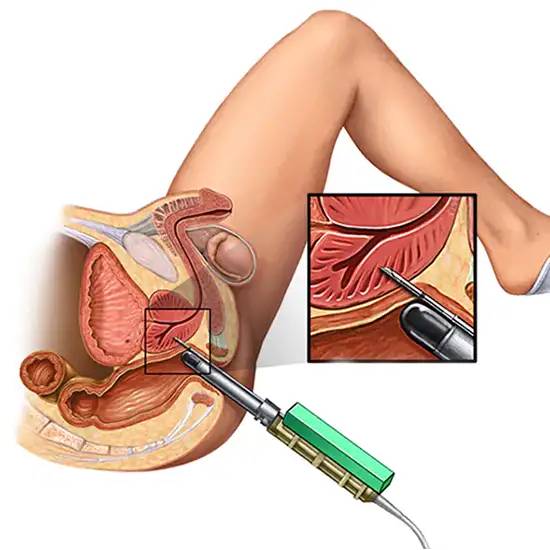
It is used to examine the prostate and the tissues around it. Another name for a transrectal ultrasound (TRUS) is an endorectal ultrasound or a prostate sonogram.
If a man exhibits certain symptoms, such as difficulty urinating, has a high prostate-specific antigen level, or the doctor feels an atypical area during a digital rectal exam, a TRUS is frequently performed to assist detect prostate cancer and take a look at the prostate's size and shape. TRUS is used to acquire samples from the prostate during a biopsy, and search for abnormal regions in the prostate.
You'll probably be asked to lie on your side with your knees bent toward your chest during the test. The ultrasonic probe is covered and lubricated by the doctor. The probe, which is about a finger's width, is then inserted into the rectum by the physician. When the transducer is in place, you can experience pressure or a feeling of fullness in the rectum.
No risks/ side effects are involved.